Urban mobility project: Biomega reveals Oko, the future of inner-city travel
A cult favourite among both bicycle and design aficionados, Biomega’s sleek, swoon-worthy two-wheelers have always hit a sweet spot between style and functionality. It stands to reason then, that with the launch of the Danish company’s first e-bike, the Oko, founder and designer Jens Martin Skibsted is in bullish form. 'When it comes to private transport in city centres, cars as we know them don’t have a future,' he says. 'The industry will electrify them and shrink them amongst other things – bicycles will compete for that same space. Oko is a step in that direction'.
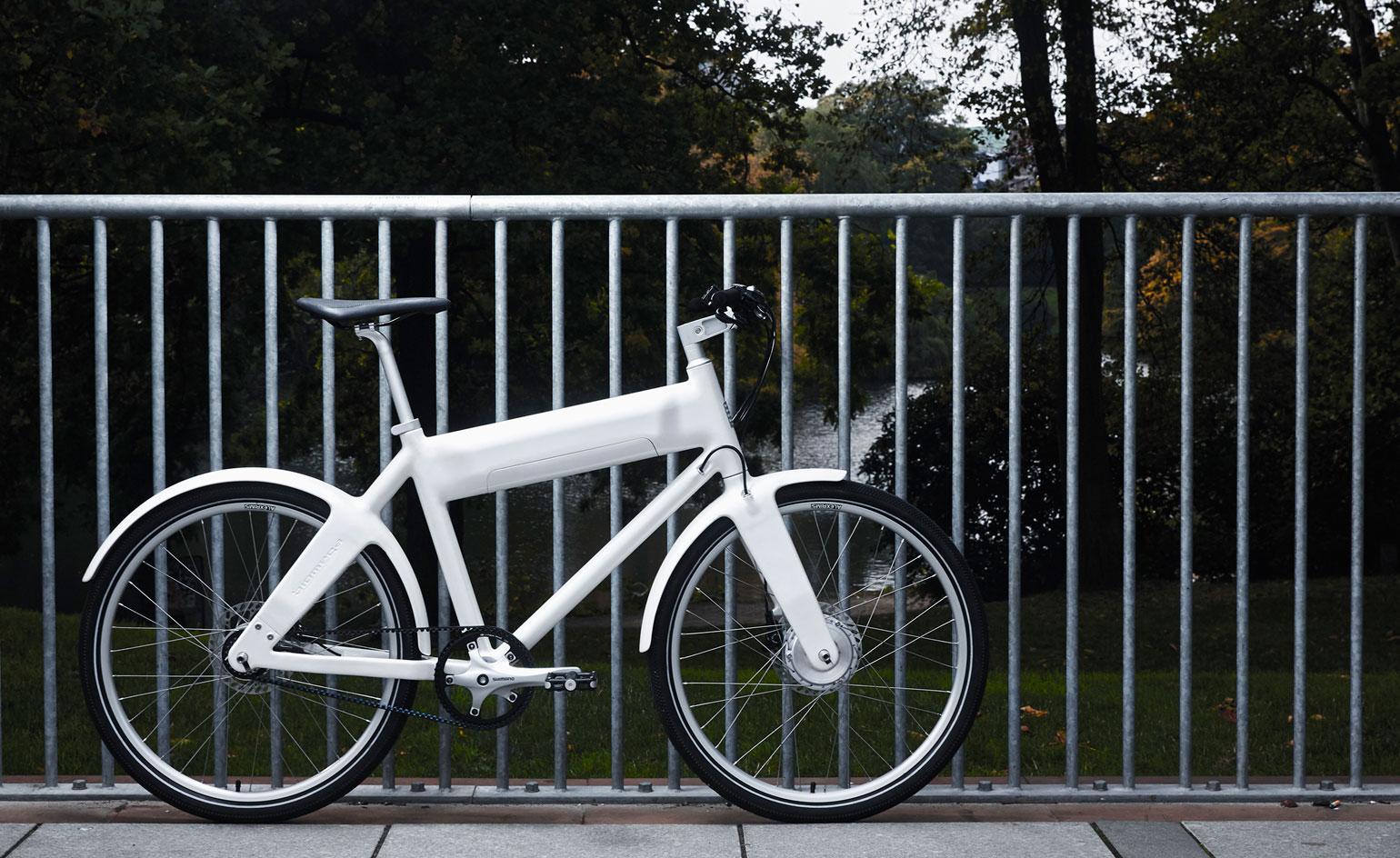
A cult favourite among both bicycle and design aficionados, Biomega’s sleek, swoon-worthy two-wheelers have always hit a sweet spot between style and functionality. It stands to reason then, that with the launch of the Danish company’s first e-bike, the Oko, founder and designer Jens Martin Skibsted is in bullish form. 'When it comes to private transport in city centres, cars as we know them don’t have a future,' he says. 'The industry will electrify them and shrink them amongst other things – bicycles will compete for that same space. Oko is a step in that direction'.
Upon seeing the Oko in the flesh, a compact 18.6kg of ultra-light carbonfibre in a svelte frame, it’s hard to disagree with him. Though the bike is a big evolutionary leap forward for the company – it is both its first electronic bike as well as its most expensive developmental project to date – the company’s underlying ethos of 'furniture for urban locomotion' is still evident in its cutting-edge use of technology and leading design courtesy of KiBiSi, the Copenhagen-based industrial design firm co-founded by designers Lars Larsen, Bjarke Ingels and Skibsted himself.
'This is by far the most ambitious urban mobility project Biomega has undertaken to date, eclipsing even the original Marc Newson bicycle,' Skibsted explains, referring to the original 1998 design that helped place the brand on the design community’s radar. 'This is truly an expression of [the company's] ethos, where cutting edge commuter technology meets high-level design'.
The technical spec is as noteworthy as the bike’s aesthetics – a front wheel-mounted electrical battery pack drives 250W through the Oko, via two modes for short commuter blasts or longer journeys where fuel conservation is a priority. Meanwhile, the rear wheel hub houses two-speed automatic or eight-speed Shimano Alfine gear options depending on the rider’s preference, with a set of Shimano hydraulic brakes providing reassuring stopping power. The project’s long genesis was in part due to the sourcing and creation of individual components – from the battery and unique carbon composite used for the frame down to the pedals – that give the bike its uniform appearance.
In the saddle, it feels incredibly light and agile to ride, slicing through Copenhagen’s narrow streets with ease. Crucially, the housing of the battery within the frame itself benefits the design from a visual perspective, but also contributes massively to the fine balance and ultra-responsive handling. On the city’s wider avenues, that extra power allows casual riders to surge through traffic – and even in a city this enamoured with its bikes, the Oko garners plenty of stares and turned heads.
Perhaps most tellingly, the bike doesn’t feel like the clunky sports-driven cycles typically associated with the genre, and its urban credentials help it stand out from similarly placed competition. Whether its creator’s vision will translate successfully outside of the cycling utopias of Northern Europe remains to be seen, but the Oko presents a compelling case for two-wheeled dominance and a glimpse of a sleeker, more sustainable future.
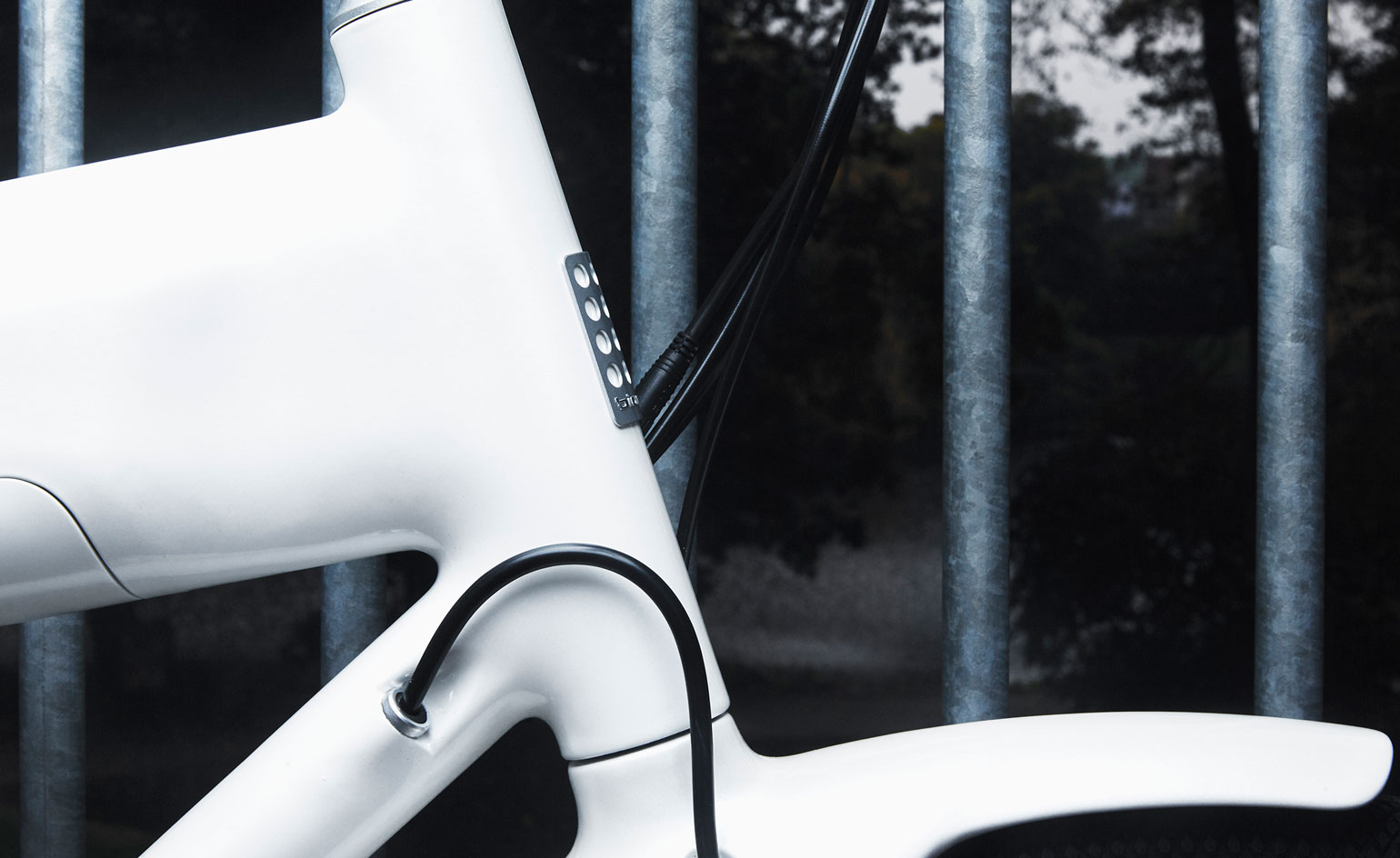
Rolling straight into the gap left by cars in inner cities, the Oko is svelte, lightweight, practical and efficient
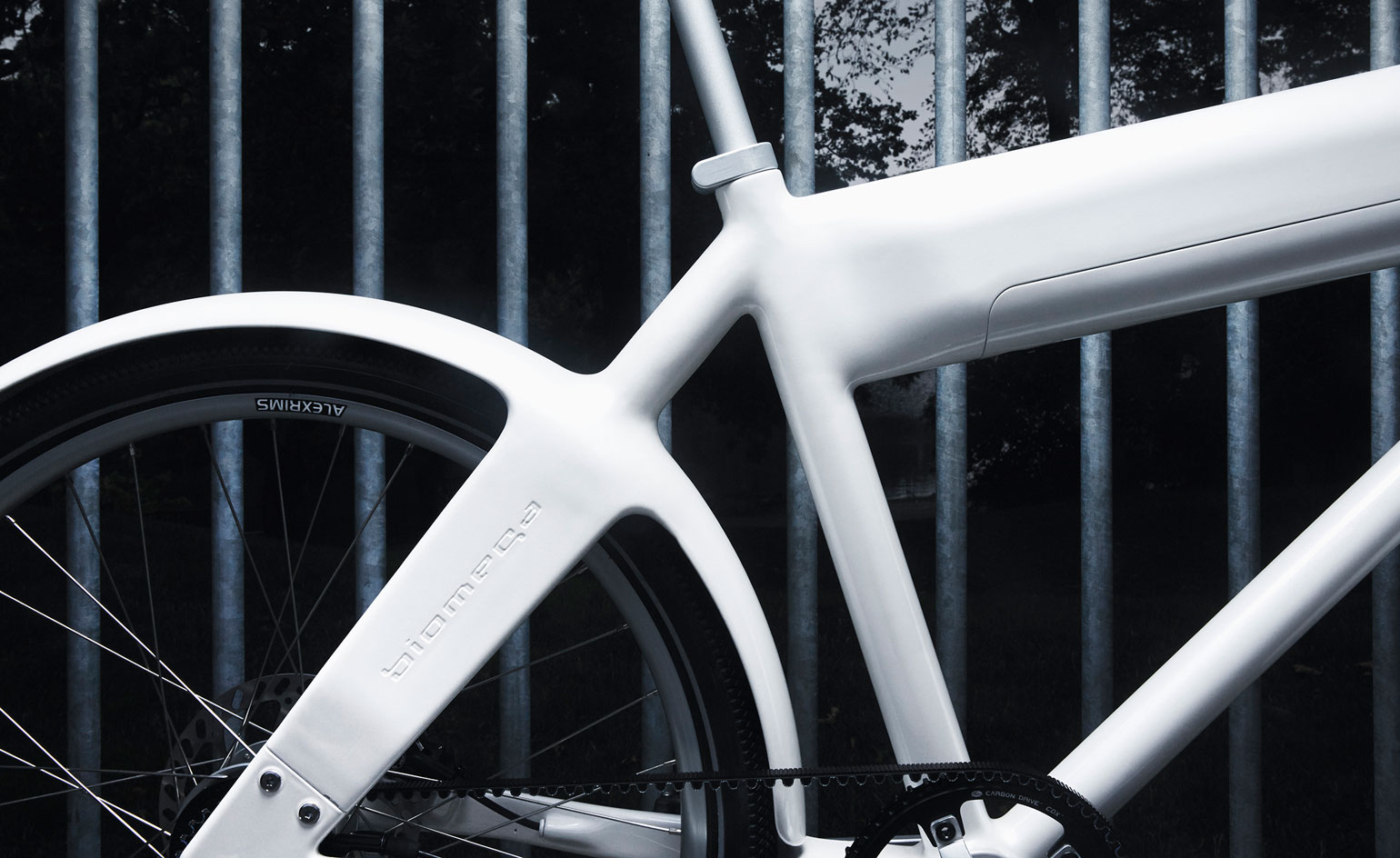
It's also beautifully designed. The ergonomics are courtesy of KiBiSi, the Copenhagen-based industrial design firm co-founded by designers Lars Larsen, Bjarke Ingels and Biomega's Jens Martin Skibsted
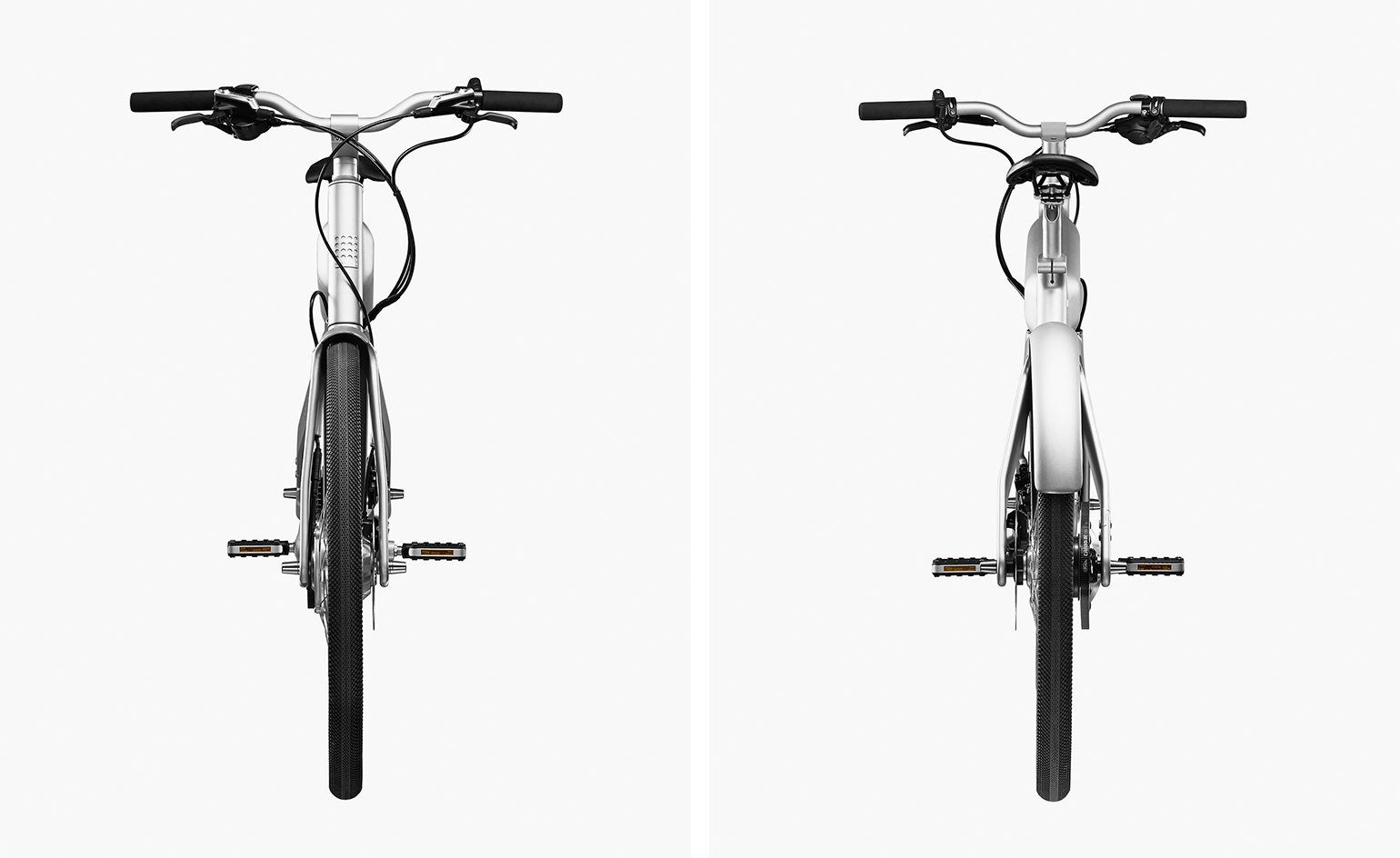
Unlike previous Biomega models, the Oko is electric. A front wheel-mounted battery pack provides 250W of energy, to help cyclists on tiring or uphill commutes. The rear wheels benefit from two-speed automatic or eight-speed in-hub gear options

Built for the city, Biomega Oko is incredibly agile, weighing just 18.6kg – easily carried up flights of stairs

The Oko presents a compelling case for two-wheeled dominance and a glimpse of a sleeker, more sustainable future
INFORMATION
Biomega Oko, from €1999. For more information, visit Biomega’s website
Photography courtesy of Biomega
Receive our daily digest of inspiration, escapism and design stories from around the world direct to your inbox.
-
 Usher opens up about breakfast playlists, banana pudding and why a glass tumbler is always on his rider
Usher opens up about breakfast playlists, banana pudding and why a glass tumbler is always on his riderOn the heels of a collaboration with Baccarat, the Grammy-winning singer-songwriter breaks down his entertaining tips. 'Hosting is an expression of how you feel about your guests and also who you are.'
-
 The beauty trends that will define 2026, from ultra-niche fragrances to anti-ageing dental care
The beauty trends that will define 2026, from ultra-niche fragrances to anti-ageing dental careAs we enter the new year, we speak to experts in fragrance, skincare, aesthetics, wellness and more about the trends that will be shaping the way we look
-
 The most stylish hotel debuts of 2025
The most stylish hotel debuts of 2025A Wallpaper* edit of this year’s defining hotel openings. Design-led stays to shape your next escape
-
 Sound solution: Michael Young teams up with Brionvega to create a smart speaker
Sound solution: Michael Young teams up with Brionvega to create a smart speakerMichael Young has collaborated with Italian audio brand Brionvega to create WearIt, a new portable speaker design that expertly pairs the past with the present
-
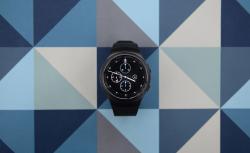 Classically smart: Samsung reveals the Gear S2 watch
Classically smart: Samsung reveals the Gear S2 watchThe paradox of the smart watch is that it has had to become ever more watch-like to be accepted as an everyday device. Samsung's new Gear S2 follows the new traditionalist mode. Its chief point of difference from the original Gear S is the shape of the screen – the latter was rectangular and slightly curved and came across as a little awkward. In contrast, right from the first time you strap on the S2 you get the familiar watch feel, almost as if the tech beneath has disappeared.